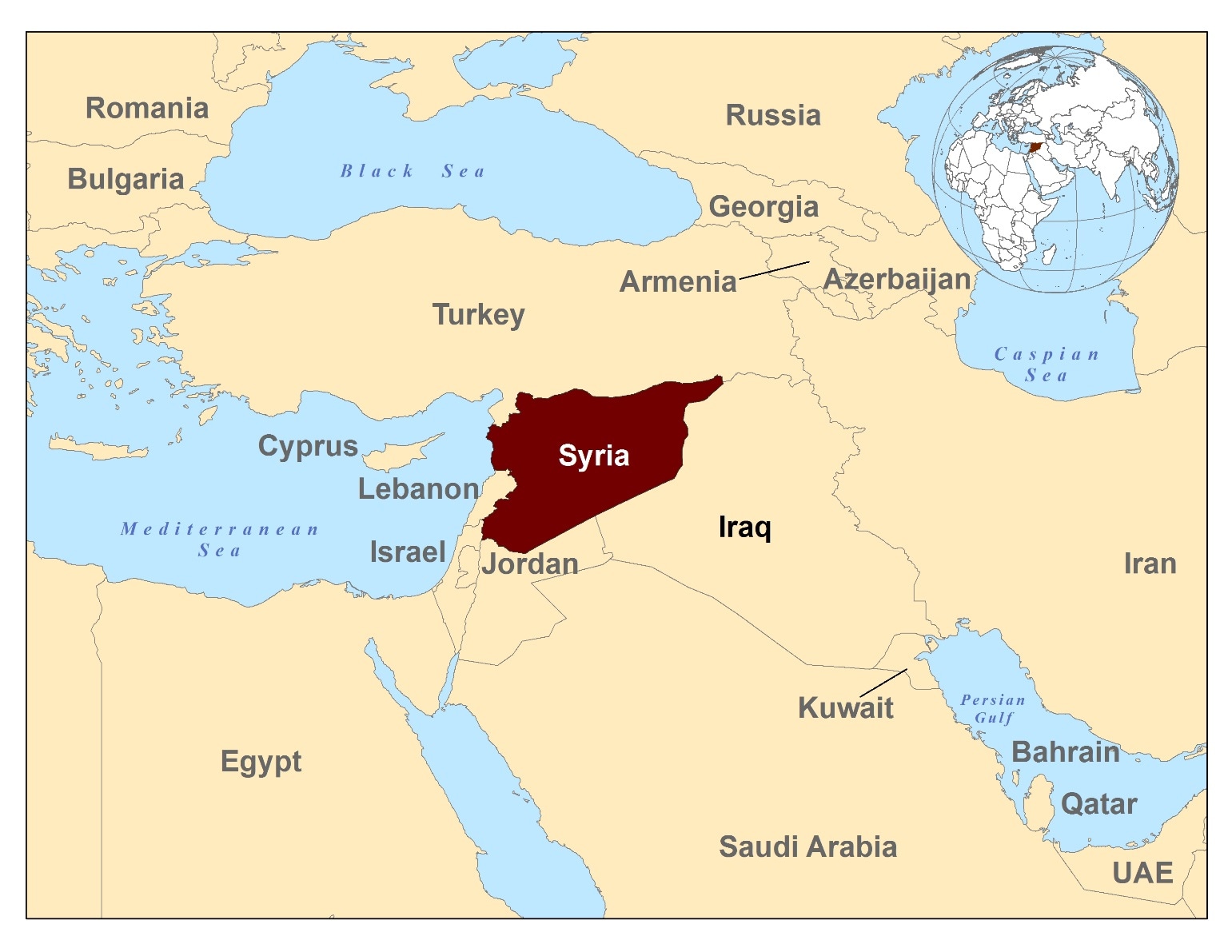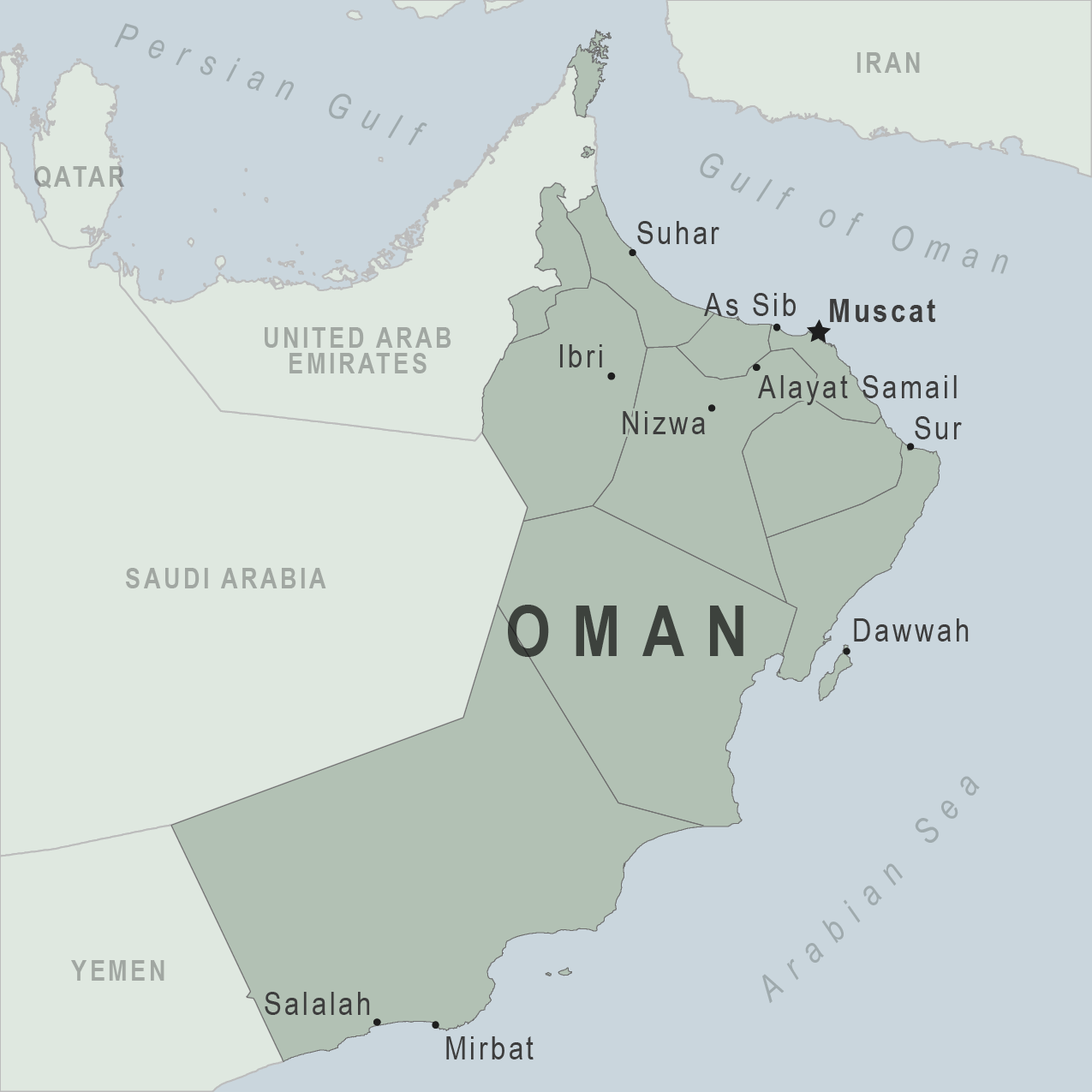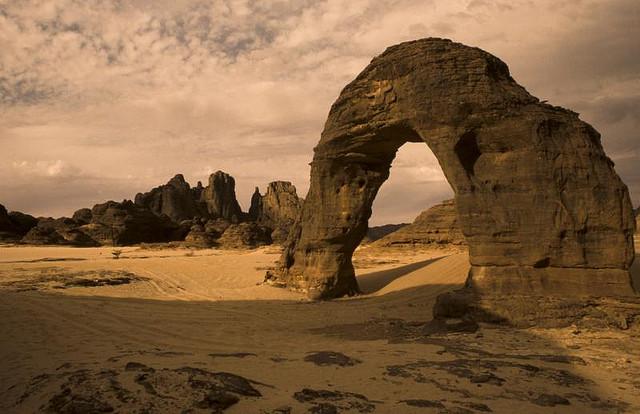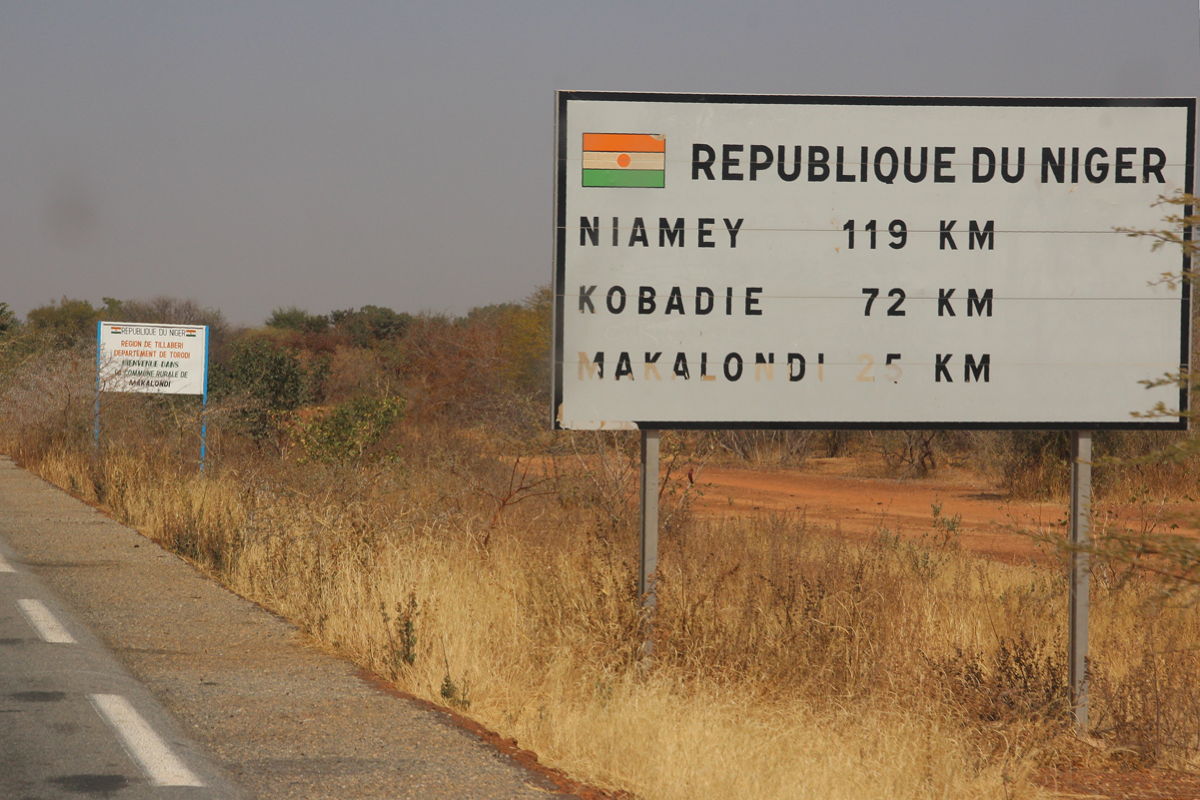Arts have been a part of this region for several millennium. Handicrafts and tools have been built and created since antiquity. Once Islam became the dominant religion of Syria, that impact on art had changed. One of the aspects of Islam is that it forbids any kind of depiction or drawing of people or animals. So, essentially, prior to the early 20th century, much of their visual arts were geometric shapes, tessellations, and calligraphy. Sculptures out of marble and other materials are often seen outside of public buildings and palaces.
Metalwork, used in jewelry, cookware, and other tools, was really important. Jewelry mainly utilized gold and silver, but metals like copper and brass were used for plates, bowls, and other objects. Much of the metalwork art had originally been done by Syrian Jews.
Mosaic woodworking is another art that was highly popular. Using woods of different colors and textures created beautiful works of art, mainly as tables, chairs, desks, trays, game boards, boxes, etc.
Other arts include glassblowing (which I’d love to learn to do) and fabric making. A type of silk with floral patterns that show on both sides called damask is actually named for the city of Damascus where it was first produced. The Bedouins are also known for their weaving abilities, especially when it comes to prayer rugs and carpets.
The ancient city of Ugarit, near present-day Latakia, held long-forgotten ruins that were found by accident. What these accidental discoverers found were ancient texts, leading them to realize later they created their own cuneiform alphabet dating back to around the 14th century BC. Although written in a different script, the order of the alphabet is fairly similar to the order of the English alphabet as we know it today.
Today, and for a very long time, the vast majority of Syrian literature is written in Arabic. Much of the early examples of literature were in poetry, a genre that is very much a deep part of the broader Arab culture. However, most examples of literature stemmed after the nahda, a literary revival that took place during the late 19th century and early 20th centuries. It’s tied to a change toward more modernism, enlightenment, and cultural reform.
 |
| Adonis |
Syria literature enveloped many of the same writing genres that were popular in Europe, the Americas, and the Middle East. If the 19th century focused on romantic literature, then the 20th century changed that. Social realism became an important genre for Syrian writers, addressing issues like recent wars and their place in the Arab community. Other genres that emerged during the 20th century include historical novels, magical realism, and science fiction.
Some authors of note to look for include Adonis (poet, translator), Muhammad al-Maghout (writer, poet), Haidar Haidar (novelist), Ghadah al-Samman (journalist, novelist), Nizar Qabbani (poet, diplomat -- read his poem "Balqis" about his wife who was killed in the 1981 bombing of the Iraqi embassy in Beirut. Very powerful, emotional), Zakaria Tamer (short story writer), Fawwaz Haddad (novelist), and Salim Barakat (novelist, poet).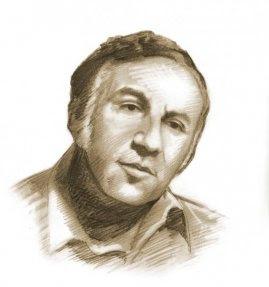 |
| Nizar Qabbani |
Up next: music and dance






